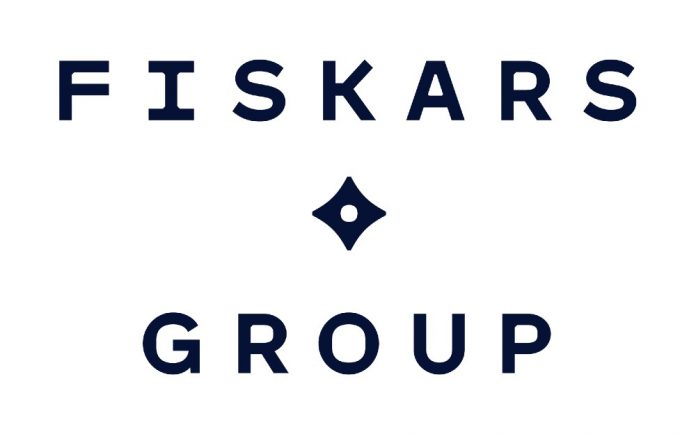Fiskars Corporation has lowered its guidance for 2025. The company says the move is a result of a rapid decline in demand in the United States in the second quarter of 2025. The company now expects comparable EBIT* in 2025 to be in the range of EUR 90-110 million. Previously the company expected comparable EBIT to improve from the 2024 level (2024: EUR 111.4 million).
In a statement, Fiskars interim president and CEO Jyri Luomakoski says the indirect impacts from U.S. import tariffs on retailer demand and their inventory control have affected sales in the country more rapidly and negatively than previously anticipated. The U.S. represents approximately 30 per cent of Fiskars Group’s net sales and approximately 50 per cent of Business Area Fiskars’ net sales, the majority of which is based on sourcing from Asia. Although most pronounced in the U.S. and with Business Area Fiskars, the indirect impacts have begun to materialise in Europe and with Business Area Vita as well.
The Group says its expects its actions can over time largely mitigate adverse direct impacts of tariffs related to increasing sourcing and logistics costs. However, the benefits of these mitigation efforts are expected to materialise with a delay as Fiskars Group has prioritised maintaining its market share and securing cash flow.
Visibility in the market remains exceptionally limited, and the situation is continuously evolving. Fiskars Group continues to take proactive measures to mitigate cost pressures and preserve long-term margin resilience, including ongoing productivity initiatives and pricing adjustments, which typically have a contractual lead time. Once the tariff environment stabilises, Fiskars Group continues measures to rebase some of its sourcing to optimise its supply chain in the long term.
Fiskars Corporation expects comparable EBIT to be in the range of EUR 90-110 million (2024: EUR 111.4 million).
- EBIT excluding items affecting comparability. Items affecting comparability in EBIT include items such as restructuring costs, impairment or provisions charges and releases, acquisition-related costs, and gains and losses from the sale of businesses. Comparable EBIT is not adjusted to exclude the EBIT contribution of acquisitions/divestments/disposals.















